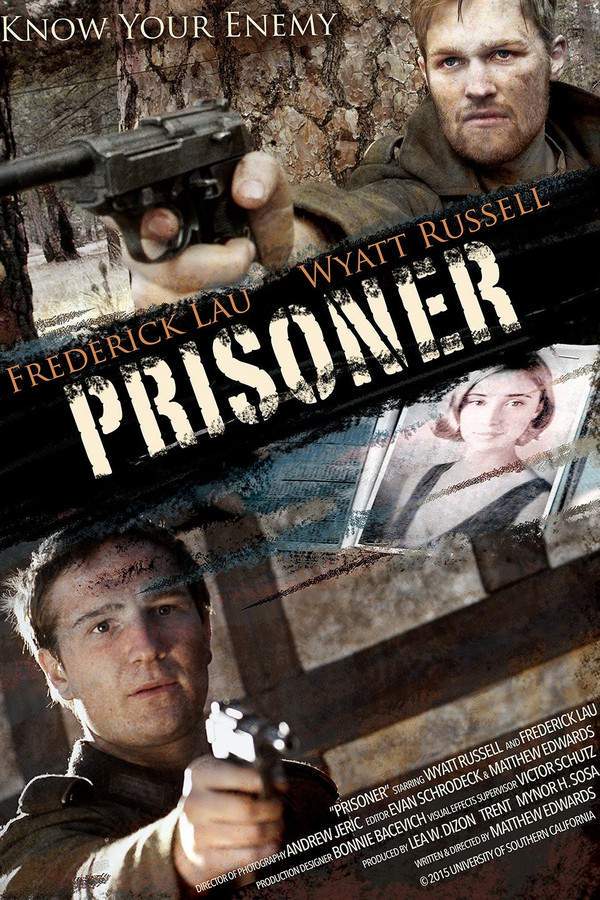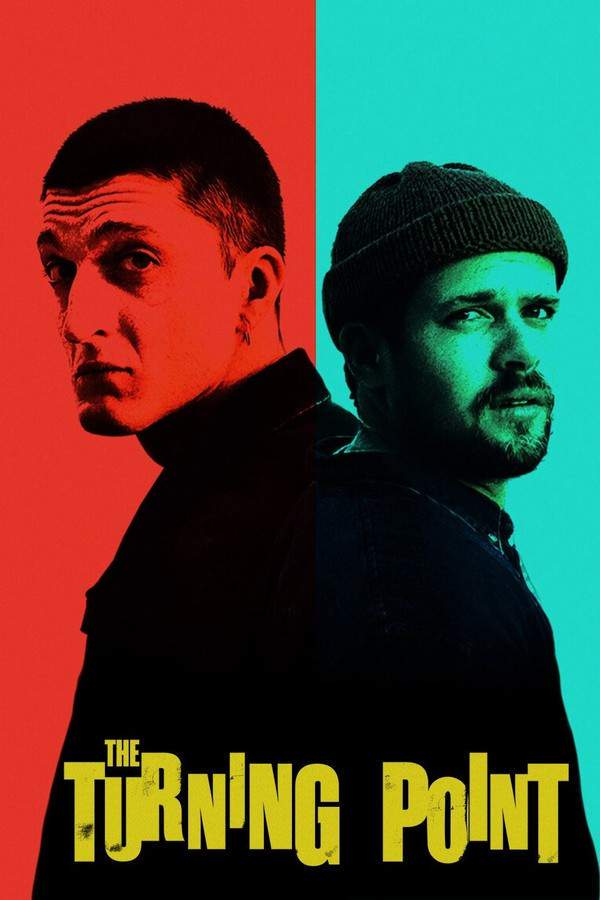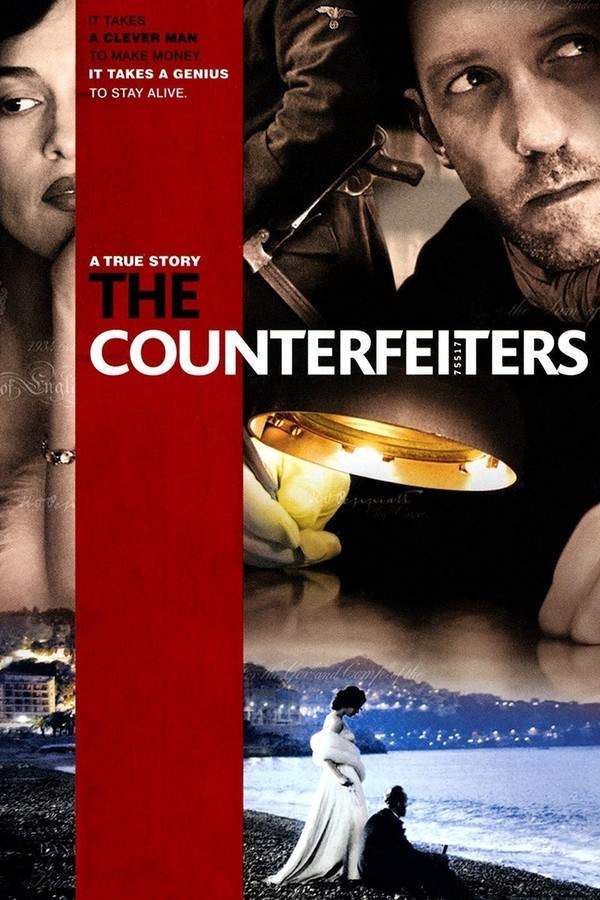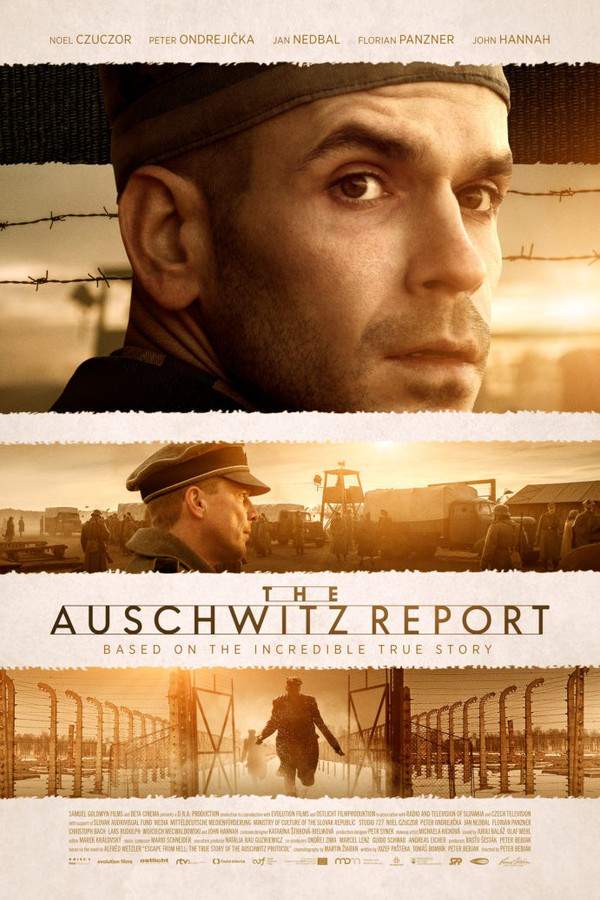
The Turning Point
Year: 1983
Runtime: 102 mins
Language: German
Director: Frank Beyer
In autumn 1945, nineteen‑year‑old Mark Niebuhr is arrested for murder and sent to a POW camp in Warsaw. He maintains his innocence despite long solitary confinement. When placed with Polish criminals he is targeted, and later endures a communal cell with fanatical German war criminals. The film is based on real events from Hermann Kant’s novel.
Warning: spoilers below!
Haven’t seen The Turning Point yet? This summary contains major spoilers. Bookmark the page, watch the movie, and come back for the full breakdown. If you're ready, scroll on and relive the story!
The Turning Point (1983) – Full Plot Summary & Ending Explained
Read the complete plot breakdown of The Turning Point (1983), including all key story events, major twists, and the ending explained in detail. Discover what really happened—and what it all means.
In October 1945, the 19-year-old German prisoner of war, Mark Niebuhr [Sylvester Groth], arrives at a Warsaw train station with a group of captives. A Polish woman waiting for a train mistakes him for the SS officer who murdered her daughter in a raid on Lublin, and she is not alone in her suspicion. He is singled out, separated from the others, and locked in a solitary cell while a Polish officer presses him to write down his life story and reveal his real name. Mark insists on his innocence, claiming he is just a young man who does not understand why he has been detained or what is expected of him.
After four months in isolation, he is moved to a new cell that he shares with Polish criminals. As a German, he becomes a target of their anger and is subjected to constant harassment. He is assigned the harshest tasks, including breaking and removing stones from the rubble of bombed Warsaw. During a particularly grueling assignment, he manages to rescue a child, but in the process he breaks his arm. He is sent to a hospital, where the charge against him—murder—becomes the dominant thread of his new reality.
Once freed from the hospital, Mark is relocated to another facility where he shares a cramped cell with German prisoners of war. The group maintains a strict hierarchy, echoing the military order they once upheld. They are led by General Eisensteck [Fred Düren] and Major Lundenbroich [Klaus Piontek], two men who still cling to fascist ideals. As Mark begins to learn more about his fellow prisoners, he comes to an unsettling realization: though each of them professes innocence, many of them are actual murderers and war criminals. The atmosphere shifts as Mark slowly distances himself from his cellmates, confronting a sobering truth about the war and the ordinary Germans who fought in it.
The tension escalates as the men who once commanded their own cells are gradually executed, one by one, and the truth of their crimes begins to surface. In the midst of this, the Polish authorities examine Mark’s story and, after a careful assessment, come to a surprising conclusion: they believe him. In a twist of fate, Mark Niebuhr is released, leaving him to reckon with the heavy weight of guilt and responsibility in a postwar landscape that has already begun to forget the faces of those who fought and the costs they paid. In a story that hinges on memory, identity, and accountability, the film quietly questions what it means to be innocent when one’s country has committed acts that demand reckoning.
Overall, the film uses Mark Niebuhr’s journey to explore the murky line between justice and vengeance, the enduring impact of fascist ideology, and the complicated path toward truth in the aftermath of war, inviting viewers to reflect on how easily individuals can be drawn into a system built on violence, obedience, and fear. Mark Niebuhr [Sylvester Groth] remains at the center of that reflection, a figure whose personal narrative forces a hard examination of what guilt and responsibility truly mean in a world reshaped by conflict.
Last Updated: October 09, 2025 at 14:49
Unlock the Full Story of The Turning Point
Don't stop at just watching — explore The Turning Point in full detail. From the complete plot summary and scene-by-scene timeline to character breakdowns, thematic analysis, and a deep dive into the ending — every page helps you truly understand what The Turning Point is all about. Plus, discover what's next after the movie.
The Turning Point Timeline
Track the full timeline of The Turning Point with every major event arranged chronologically. Perfect for decoding non-linear storytelling, flashbacks, or parallel narratives with a clear scene-by-scene breakdown.

Similar Movies to The Turning Point
Discover movies like The Turning Point that share similar genres, themes, and storytelling elements. Whether you’re drawn to the atmosphere, character arcs, or plot structure, these curated recommendations will help you explore more films you’ll love.
Explore More About Movie The Turning Point
The Turning Point (1983) Scene-by-Scene Movie Timeline
The Turning Point (1983) Movie Characters, Themes & Settings
The Turning Point (1983) Spoiler-Free Summary & Key Flow
Movies Like The Turning Point – Similar Titles You’ll Enjoy
Prisoner (2007) Full Movie Breakdown
The Turning Point (2022) Story Summary & Characters
The Counterfeiters (2008) Full Summary & Key Details
The Auschwitz Report (2021) Spoiler-Packed Plot Recap
The Grey Zone (2002) Plot Summary & Ending Explained
The Reconciliation (2017) Complete Plot Breakdown
For Those I Loved (1983) Spoiler-Packed Plot Recap
The Turncoat (1000) Plot Summary & Ending Explained
Stielke, Heinz, Fifteen… (1987) Detailed Story Recap
Naked Among Wolves (1963) Spoiler-Packed Plot Recap
Hospital of the Transfiguration (1979) Story Summary & Characters
The Turning Point (1952) Film Overview & Timeline
The Turning Point (1945) Complete Plot Breakdown
Pressure Point (1962) Film Overview & Timeline
Winter in Wartime (2008) Complete Plot Breakdown

















